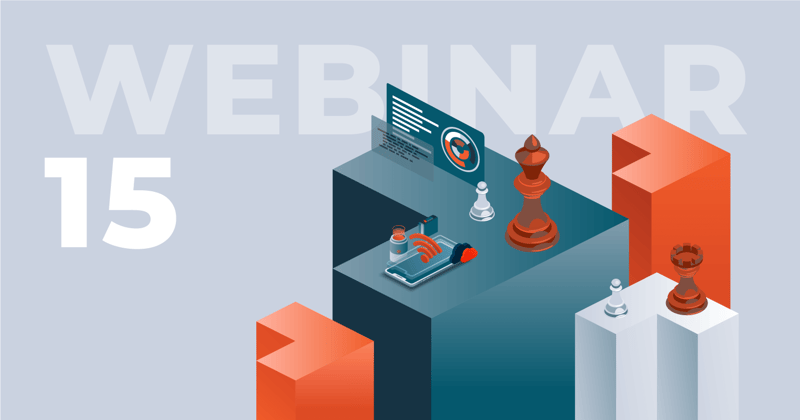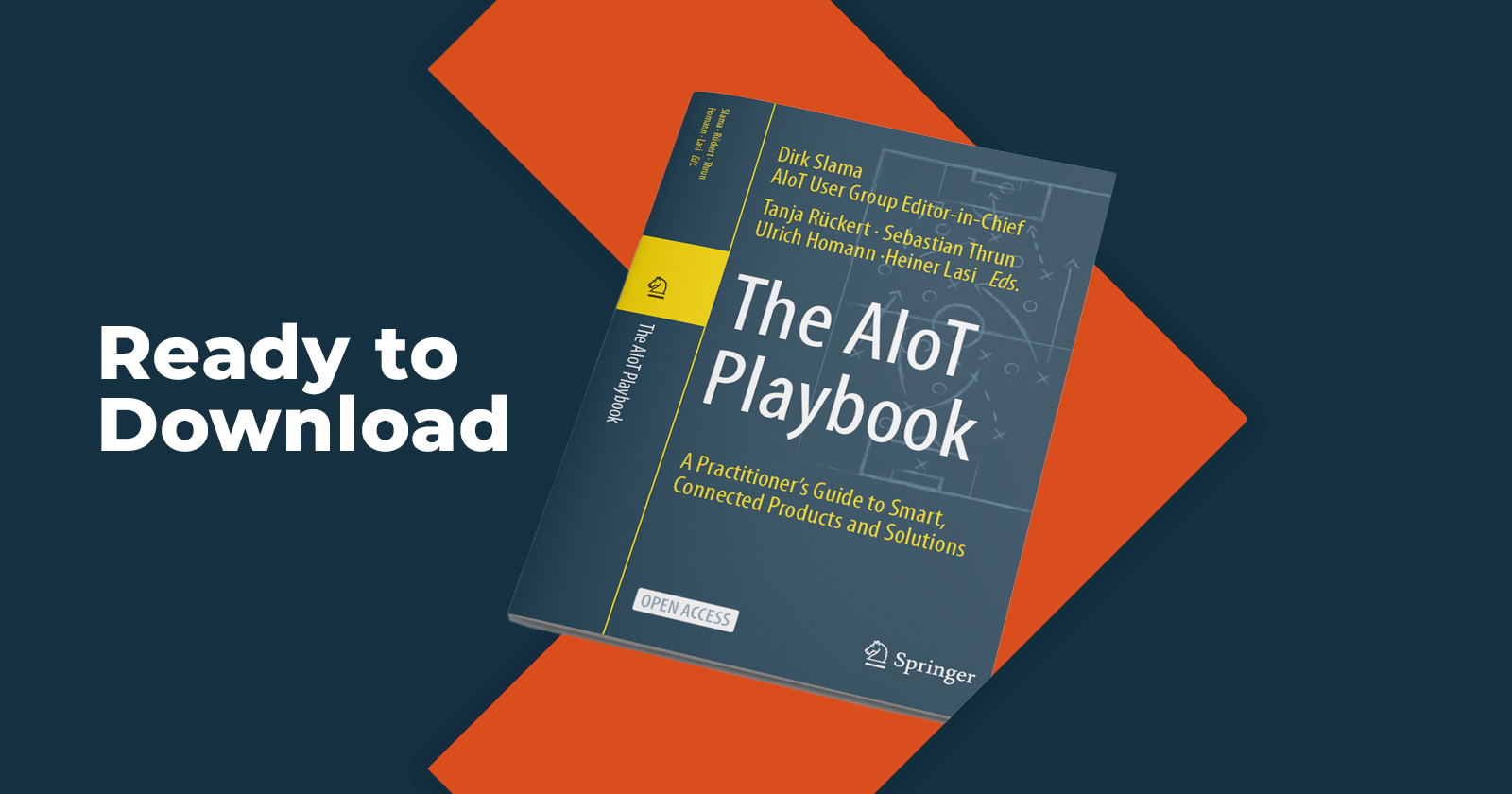Insights
What Are The Top 5 Issues to Consider Around Your Digital Transformation Strategy?
Sandra Mueller

You’ve been warned about your need for digital transformation. You’ve been told endlessly that you need to have a strategy or you’ll be run over – by your current competitors who are more digitally nimble or by some “digital native” disruptive startup you don’t see coming.
Every vendor seems to offer something “aaS” to make your own product suite “aaS” -- they feel that they no doubt have the solutions at their fingertips to be a key part of your digitalization effort. Having the best tools is important, but your digital transformation strategy goes beyond that. Throwing money at it isn’t enough, because you can’t simply buy a strategy off the shelf.
A recent Inc. Magazine article summed it up best: "True digital transformation is about rethinking your current business model for the 21st century. The process is not just about adding technology to the existing model. Most companies do the latter because doing the former is extremely difficult.” Software and services are available and hardware is getting cheaper for transformative IoT deployments all the time, but you can’t just “bolt-on” everything.
Ahead of our upcoming webinar – “What’s your Digital Game Plan? A Playbook for Success” – we want to help you kick off that transformation journey with the tools and resources you need to make it a success.
In our webinar, we’ll be looking at:
- Steps of a firm's digital transformation journey
- Best approaches to beginning your transformation journey
- Getting your team to embrace digital transformation
- Building a playbook to help you achieve your transformation goals
- Best practices for adoption
But let’s start with some things to think about before you join us. Here are the top 5 issues to consider as you plan and manage your digital transformation journey:
1. Start somewhere, and somewhere small
The easiest place to start is the biggest need with the smallest ask. What systems are languishing in obsolescence and where you could find gaps that can lead to a well-defined project?
Breaking out a project that’s easily defined – energy consumption monitoring across systems on a manufacturing floor, or uptime in distributed remote sensing devices – could mean a shorter path to returns and better use as a learning testbed for your management and operational teams for the next project.
2. Think about the ROI
Oft-cited figures from McKinsey and others show that the majority of “IoT projects” fail. Often, that is the result of a failure of a more basic business planning effort before deciding on a deployment.
While applying the needed analysis to generate appropriate ROI is found elsewhere in many firms’ IT planning, it can get glossed over with the “new new thing” feel of IoT. But you don’t build a business model around a tool; it’s a means to an end.
Unpack what you’re doing now. Aside from opening new markets and channels, could any new technology deployment lead to a small project that could go beyond to, say, reset the planned overhaul of a much larger legacy system? You’ll need to think about all the ways your efforts will impact top and bottom lines.
3. Build a cross-purpose team
Deployment of IoT tech systems goes beyond the IT team and often beyond the CIO. Defining a project and its ROI usually uncovers the real evangelists for the effort. Who loves it most: Operations? IT managers? Business line teams?
Once you know who’s “leading the charge,” a cross-operative team will need to make it happen. In digital transformation efforts, that means IT-OT cooperation as close as possible to the level of execution. Say you want to incorporate a new real-time analytics package on predictive maintenance. Who knows the source of the data best? The IT team knows the systems, but the operations team could have a lot of “institutional knowledge” about the hardware locked up in their heads, and the imprint of that is visible in their routine tasks.
4. Tapping the right ecosystem
The right ecosystem of an industrial IoT deployment means taking stock; you need to consider what you need and what you have. Connectivity, cloud computing, systems management – you could be paying for these now and they will be critical for your deployment’s success. So how do you optimize? And how do you fill the gaps?
As well, today’s enterprise software giants are moving into IoT to leverage your existing relationship with them. While there could be some gains in efficiency to be found here, you could forget the earlier advice from this list and settle for a square peg in a round hole that’s big enough to fit anything…at a price, of course.
And unique suppliers within your vertical may already have exploitable know-how, versus considering any horizontal offering from an enterprise software firm. Look for the right partners who will help you define your use cases, plot your roadmap and unlock the value you’re looking for.
5. Prepare the team for the change ahead
Beyond building a cross-functional team, the front-line employees who will eventually implement these projects need to be your partners. There is a lot of apprehension around the impacts on staffing levels around new technology deployments or automation efforts of any kind. But the reality is these efforts are more additive to the employees’ roles than a replacement for them.
A good rollout and buy-in is therefore critical. Your whole team needs to know what’s new and how it’ll make everyone’s job easier and more useful for the entire firm. What are the practices that will be affected by this new technology? What will the day-to-day changes look like? These are the issues on which you’ll need to educate and train the team.
/orange-break@2x.png?width=166&name=orange-break@2x.png)
Want to learn more? Join us for our webinar
What's Your Digital Game Plan?
A Playbook for Success
/orange-break@2x.png?width=166&name=orange-break@2x.png)
Please register for this webinar to stay on top of developments in the Connected Industry - If you are unable to attend, you’ll still get an opportunity to learn what’s going on and to hear our participants insights; registering guarantees you will receive a link to the recorded webinar once it is posted.





